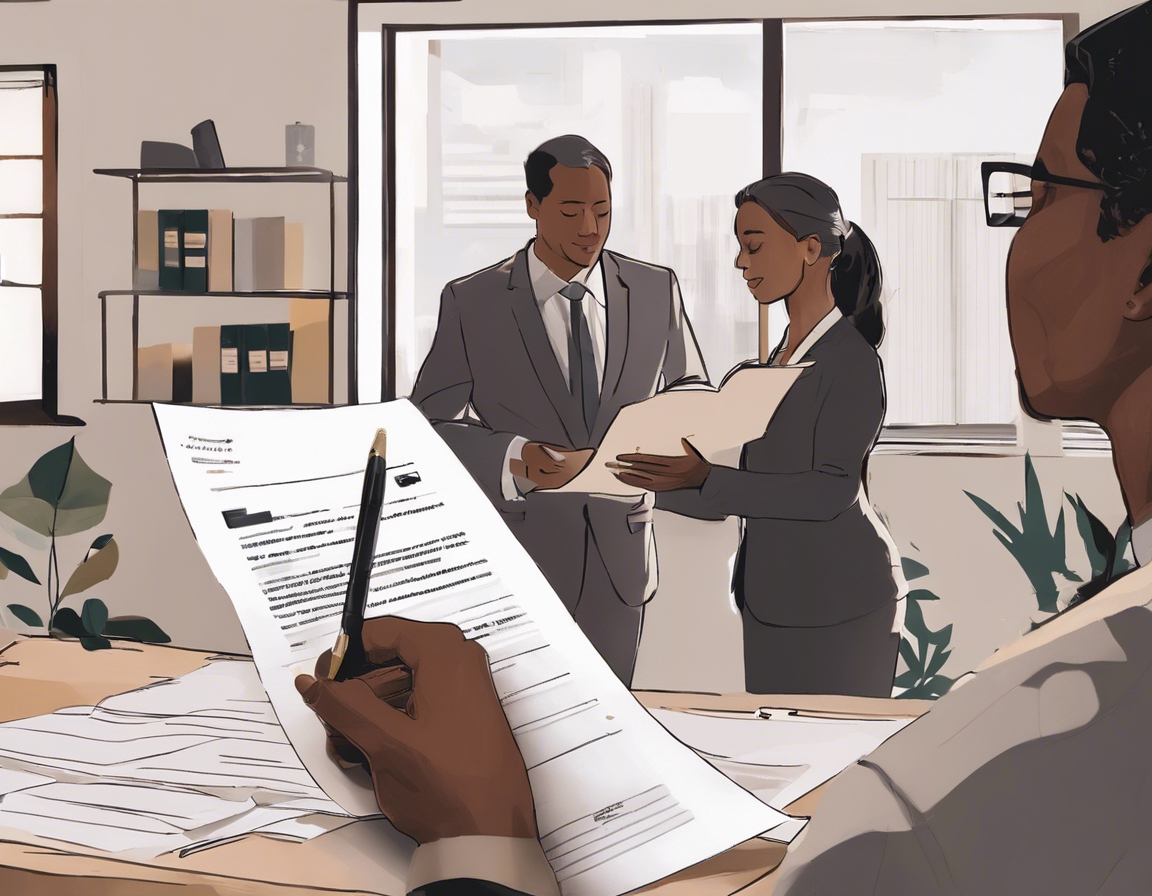Navigating bankruptcy: a step-by-step guide
Bankruptcy is a legal process designed to help individuals and businesses eliminate or repay their debts under the protection of the bankruptcy court. It's a tool for those who are unable to meet their financial obligations and seek a fresh start. However, the decision to file for bankruptcy should not be taken lightly, as it can have long-term financial and legal consequences.
Given the complexity of bankruptcy laws and the significant impact it can have on one's financial future, seeking professional guidance is crucial. Legal experts can help navigate the intricate process, provide advice on the best course of action, and ensure that all necessary steps are taken to achieve a successful outcome.
Assessing Your Situation
Before considering bankruptcy, it's important to thoroughly analyze your debts. Determine which debts are dischargeable in bankruptcy and which are not. Understanding the nature of your debts will inform the type of bankruptcy that may be most appropriate for your situation.
Bankruptcy is not the only option for debt relief. Alternatives such as debt settlement, consolidation, or management plans may be viable solutions. Weighing the pros and cons of each alternative is a critical step before deciding to file for bankruptcy.
Choosing the Right Type of Bankruptcy
Chapter 7 bankruptcy, also known as liquidation bankruptcy, involves the sale of non-exempt assets to pay off creditors. It's typically suited for individuals with limited income and few assets.
Chapter 13 bankruptcy allows individuals with a regular income to create a repayment plan to pay off all or part of their debts over a three to five-year period. This option can help protect valuable assets from liquidation.
Chapter 11 bankruptcy is primarily for businesses, allowing them to restructure their debts and continue operations. It can also be used by individuals with debts and assets that exceed the limits of Chapter 13.
Preparing for Bankruptcy
Accurate and comprehensive documentation is essential for a successful bankruptcy filing. This includes a list of all creditors, the amount and nature of their claims, the debtor's income, property, and living expenses.
Before filing for bankruptcy, individuals must complete credit counseling from an approved agency. After filing, debtor education courses are required to teach financial management skills.
Filing for Bankruptcy
Filing for bankruptcy involves completing a set of forms that provide the court with information about your financial situation. These forms must be filled out accurately and completely to avoid any delays or legal issues.
Once bankruptcy is filed, the court appoints a bankruptcy trustee to oversee the case. The trustee's role is to review the debtor's finances, administer the bankruptcy estate, and represent the interests of the creditors.
The Bankruptcy Process
Upon filing for bankruptcy, an automatic stay goes into effect, which stops most collection actions against the debtor. This provides temporary relief from creditors while the bankruptcy case is being processed.
Also known as the 341 meeting, this is a mandatory meeting where creditors can question the debtor about their finances and the proposed handling of their debts.
The ultimate goal of bankruptcy is to obtain a discharge, which releases the debtor from personal liability for certain dischargeable debts. Not all debts can be discharged, so understanding the scope of the discharge is important.
Life After Bankruptcy
After bankruptcy, it's possible to rebuild your credit over time. Strategies include budgeting, using secured credit cards responsibly, and regularly checking your credit report for inaccuracies.
Post-bankruptcy, it's essential to create a realistic budget, build an emergency fund, and avoid incurring new debt. This will help maintain financial stability and prevent future financial distress.






Comments (0)